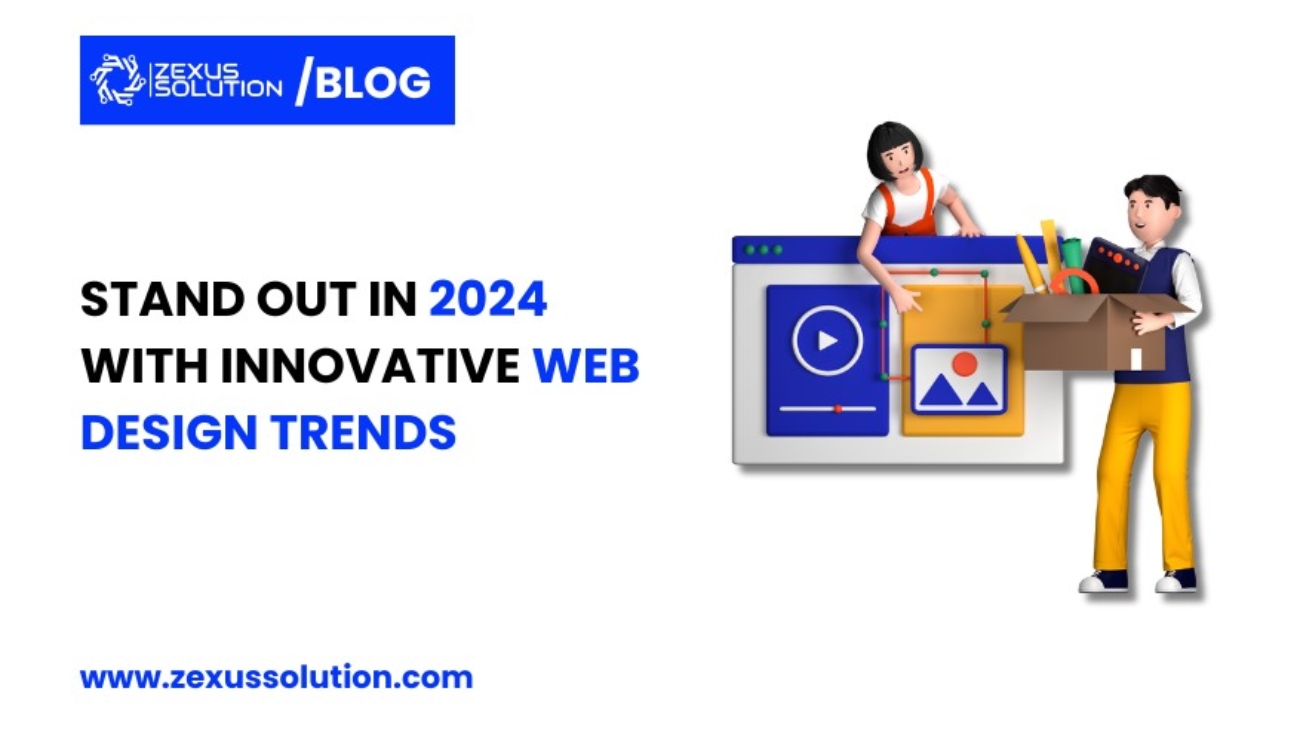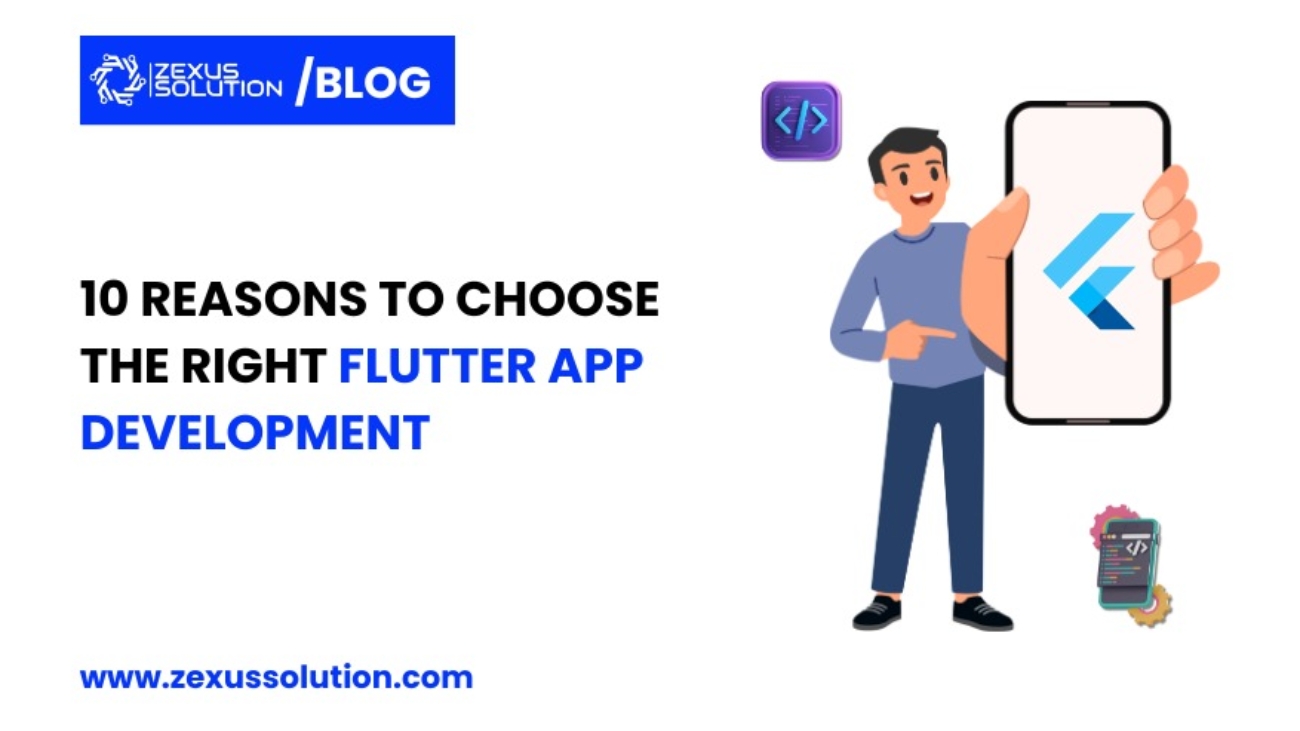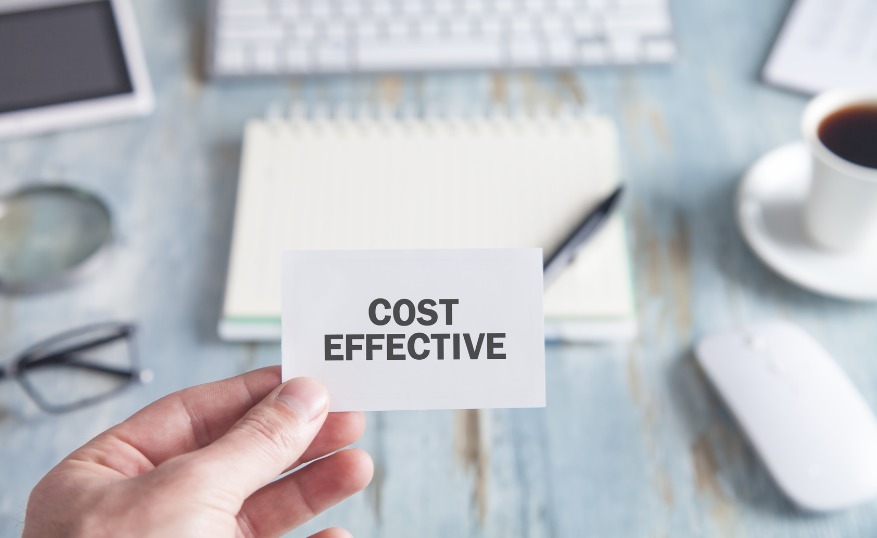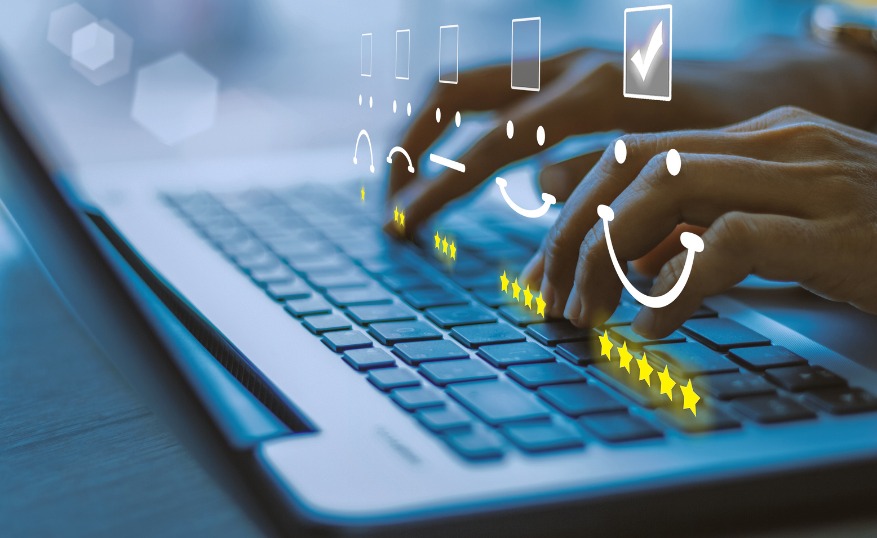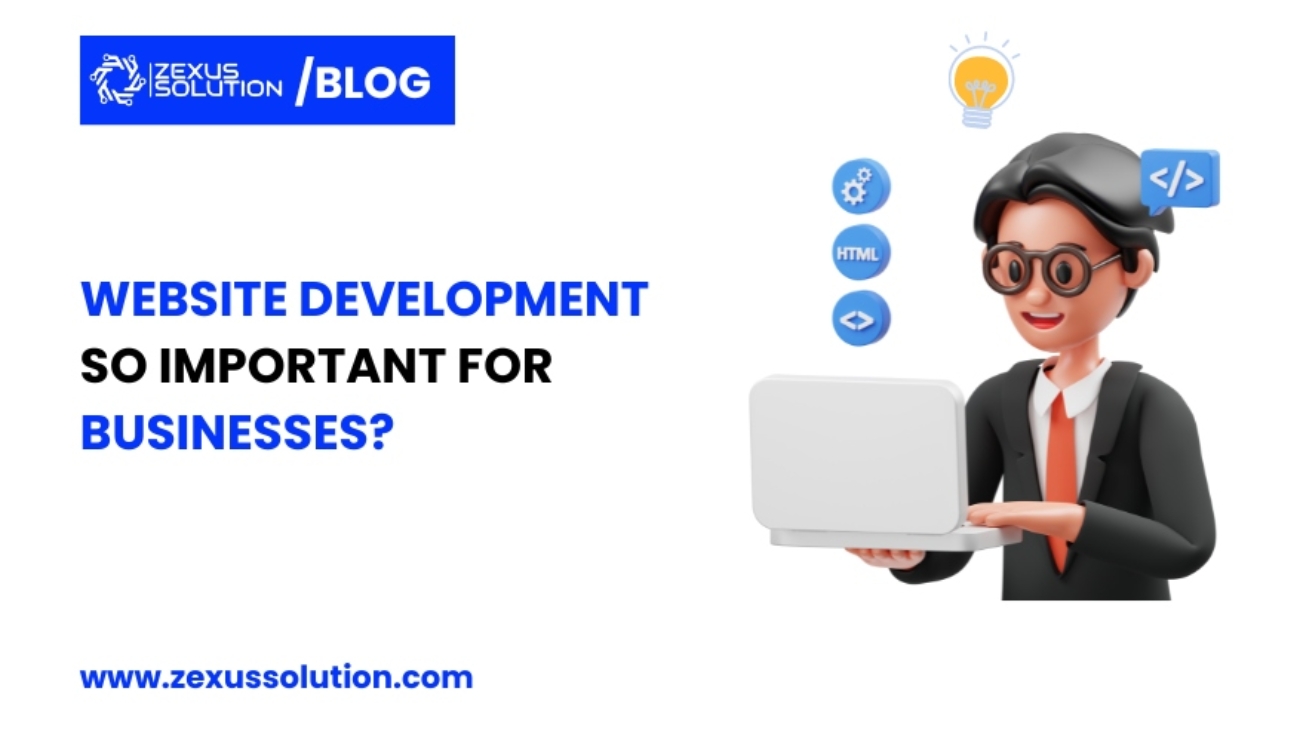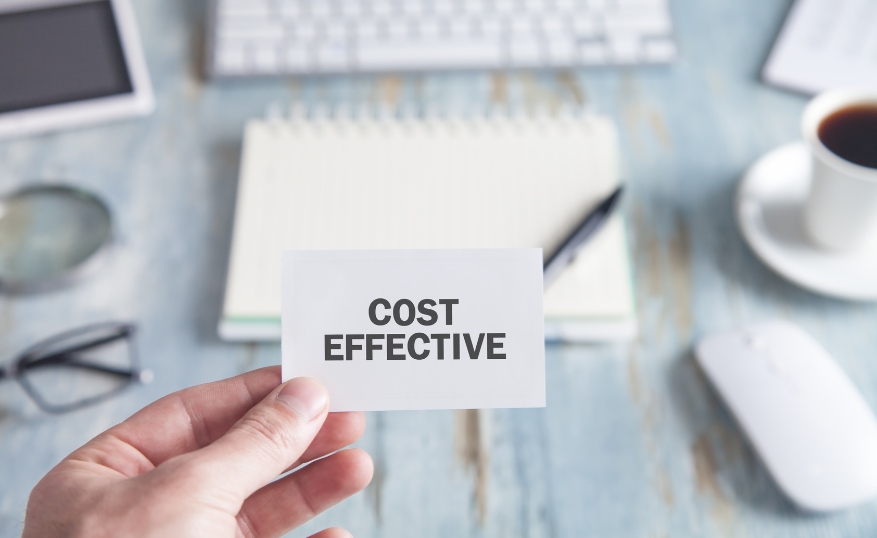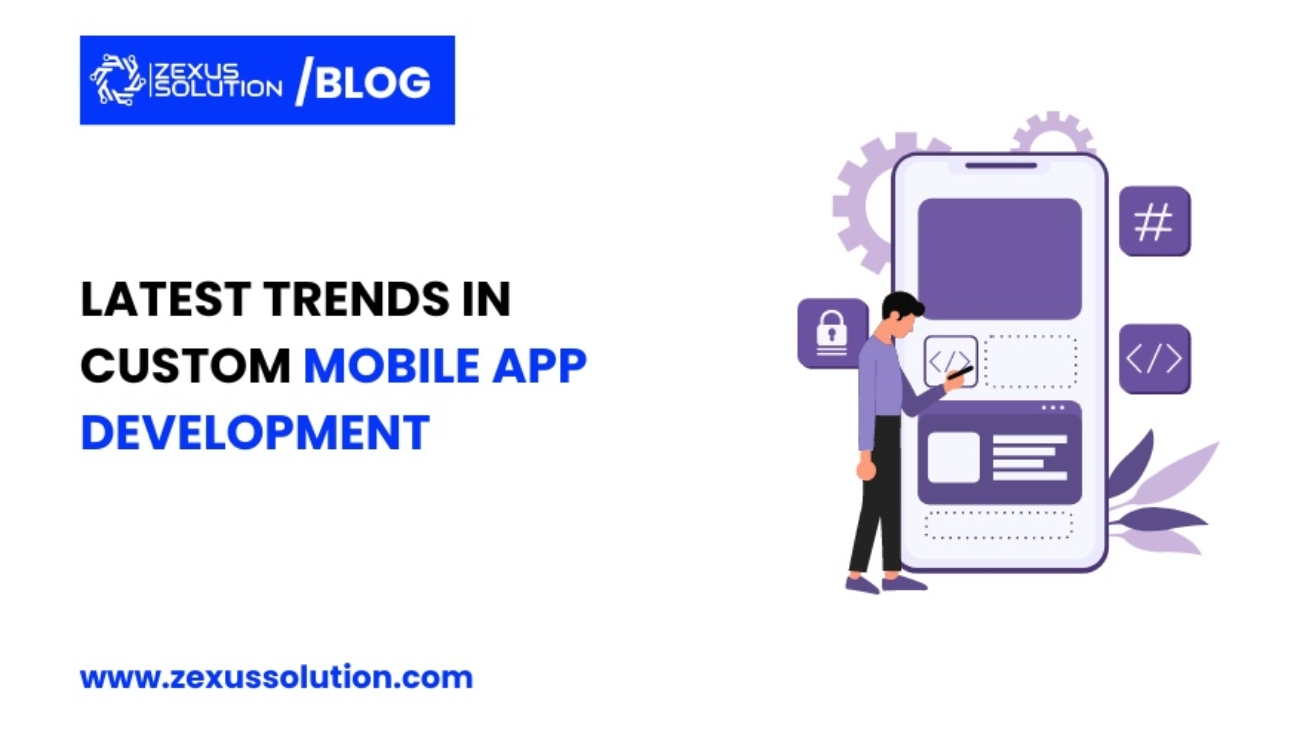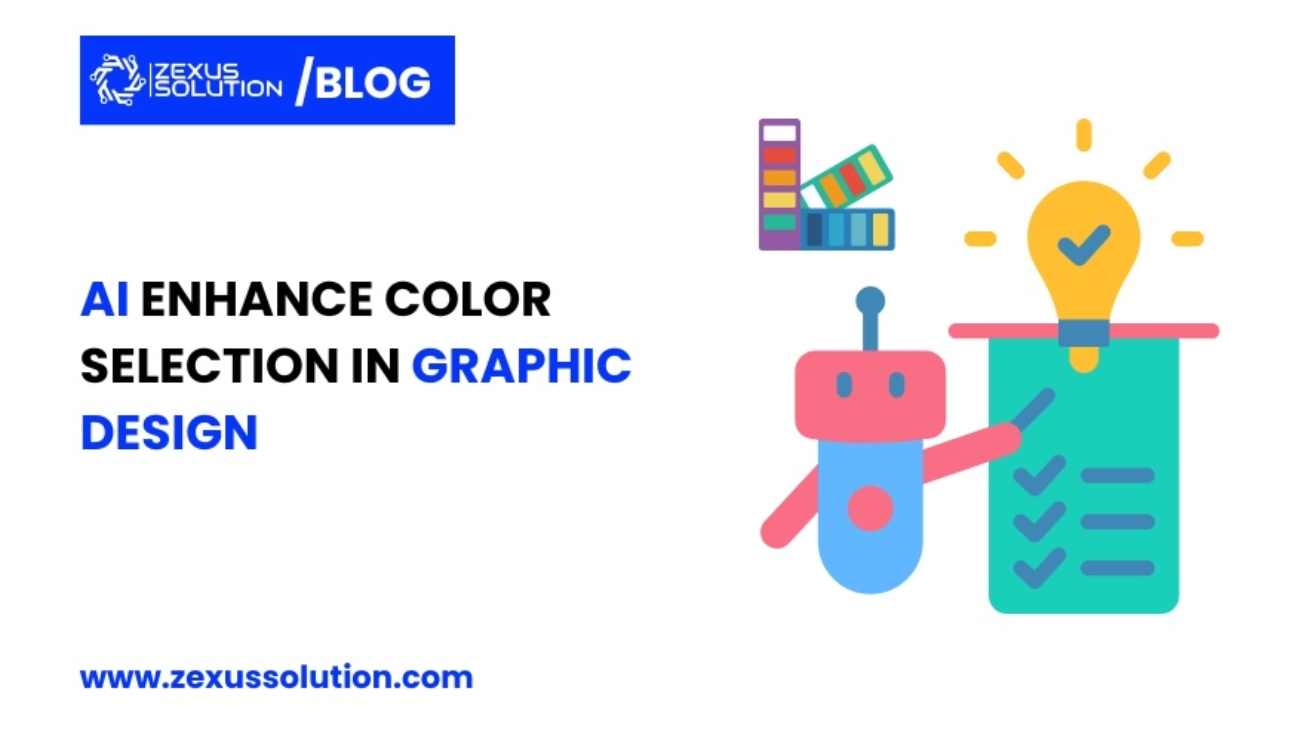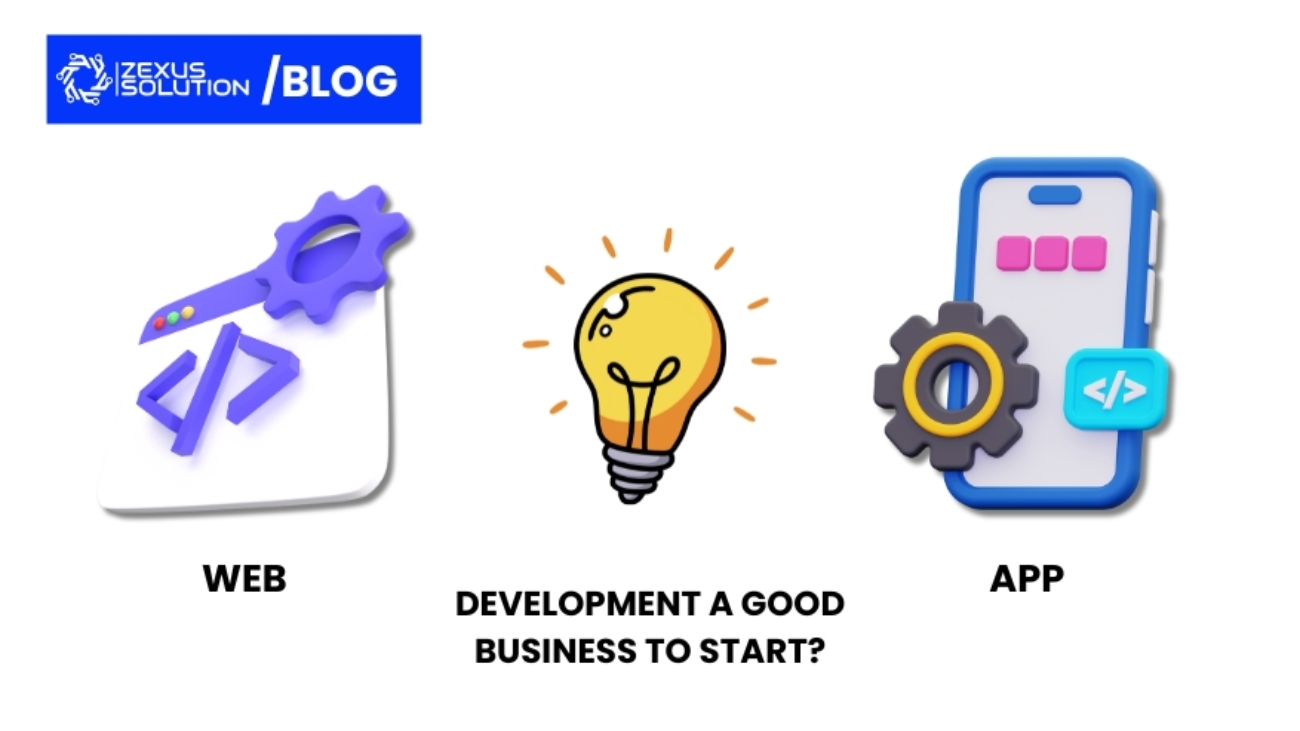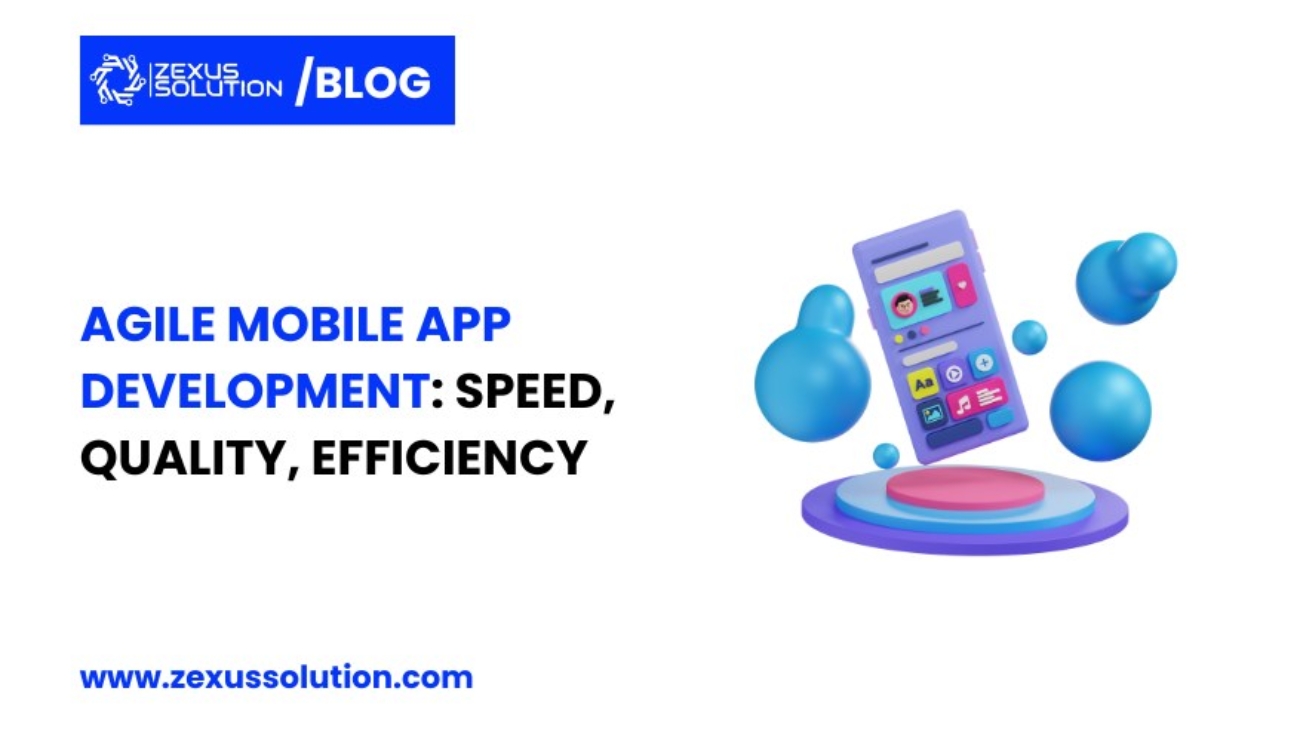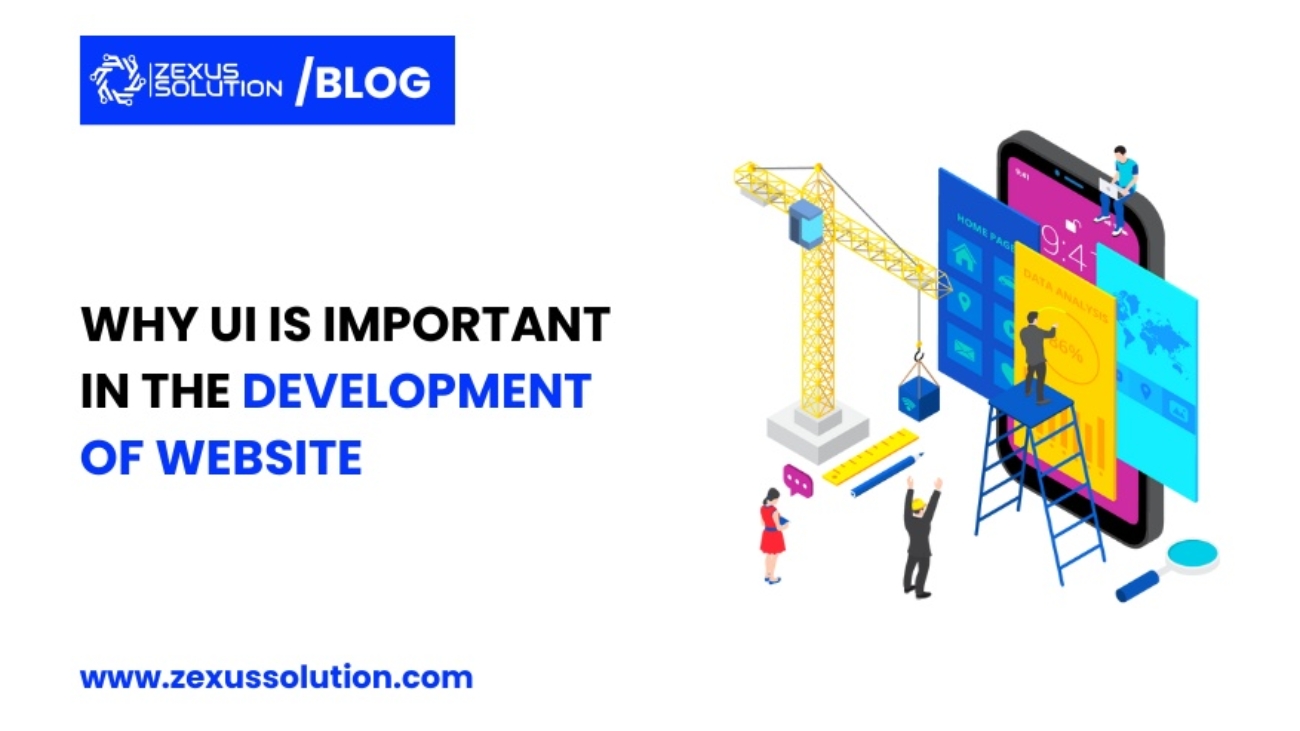Table of Contents
We are halfway through 2024, and if you are still not paying heed to the latest web design trends, you are way behind than you think. A good design can retain visitors to the site and attract customers to explore more. That’s why it is essential to be aware of the latest trends in the field and look for ways to improve more and more.
Websites are a part of everyday life for internet users, and people often come across several websites when searching for a product or service. An outdated and average-looking website with no graphics can make visitors bounce in no time. So, let’s start with how you can revamp your website, and these latest trends can bring life to it.
Latest Design Trends in 2024
1. Minimalist and Bold Aesthetics
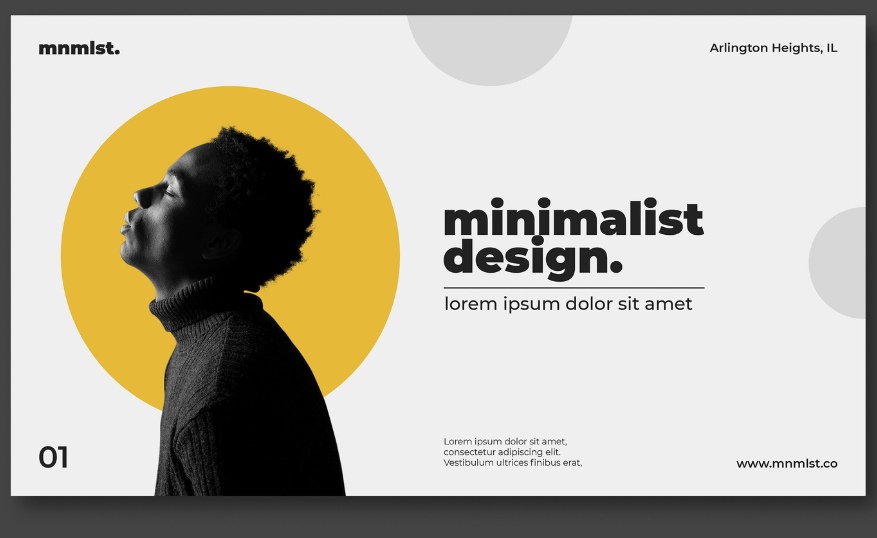
Minimalist web design trends have been part of the industry for several years and are not going anywhere. Instead, 2024 takes it further, combining bold and striking elements. Moreover, it focuses on simplicity and functionality, using white space, clean lines, and effortless navigation to help create a user-friendly interface.
However, designers use bold colors, big typefaces, and interactive visuals to avoid monotony. By leveraging minimalist and bold aesthetics, businesses can create visually appealing websites that are easy to navigate and enhance user experience and engagement.
- White Space: Enhances readability and focuses attention on the content.
- Bold Colors: Creates contrast and highlights essential elements.
- Large Typography: Improves readability and adds visual interest.
2. Dark Mode Design
Dark mode has gained popularity as it is sleek and reduces eye strain. It is one of the web design trends that is not all about aesthetics but also improves battery life on devices with OLED screens. In 2024, dark mode has become a standard option, allowing users to switch between light and dark themes based on their preferences.
When you integrate dark mode into your website, you are more likely to attract a wide audience and have a chance to enhance your overall user experience while staying on trend.
- Enhanced Readability: Especially in low-light environments.
- Energy Efficiency: Saves battery life on mobile devices.
- Modern Look: Adds a touch of sophistication to websites.
3. Micro-Interactions and Animations
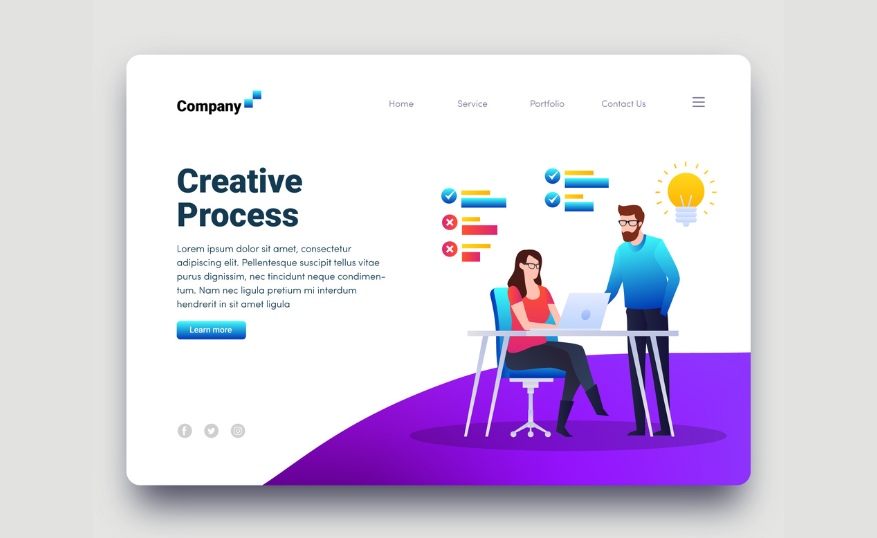
Micro-interactions are small animations on a website that help indicate to the user that the interaction with the website has been acknowledged. These small but noticeable elements can help users describe the actions and add to the site’s dynamics. Using micro-interactions and animations in the website’s design would greatly improve its usability by making navigation a fun experience.
- Hover Effects: Changing colors or expanding elements when hovered over.
- Loading Animations: Entertaining users during load times.
- Button Animations: Providing feedback when buttons are clicked.
4. AI-Powered Personalization
AI is an emerging technology that is rapidly changing the way websites are developed and designed. It allows for the creation of the most customized user experiences. AI can identify the user’s behavior and needs to provide specified content, products, or even webpage designs.
AI-based personalization improves user experience and drives distinct interactions and conversions. It defines it as a critical trend and urges one to employ professional web design services for custom solutions.
- Content Recommendations: Based on user history and preferences.
- Adaptive Layouts: Adjusting the design based on user interactions.
- Chatbots: Offering personalized assistance and support.
5. 2D and 3D Animation Services
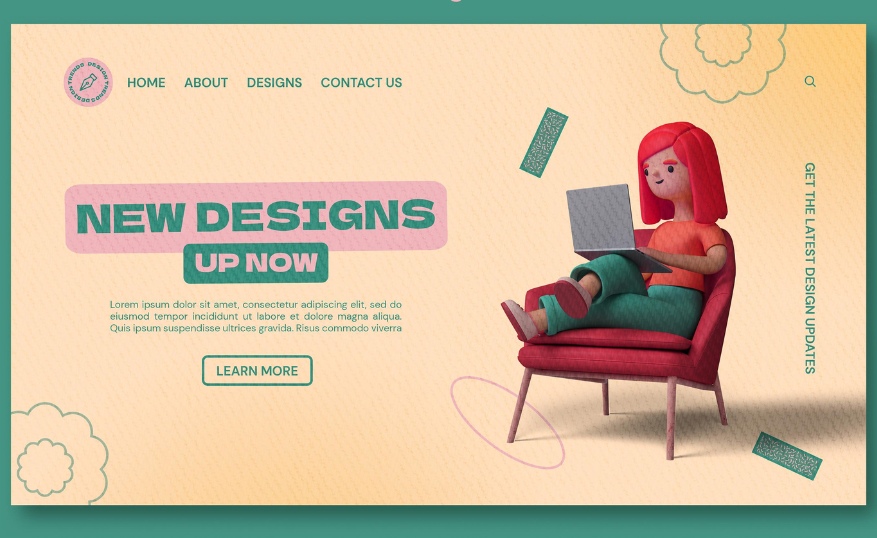
2D and 3D animation services are becoming more popular, with the possibility of creating something new and much more engaging. When used to create these animations, 2D and 3D animation can make a static design look more alive and interactive. Through these services, website owners can develop a unique and appealing website that could differentiate their company from the competition.
- Product Demonstrations: Showcasing products in 3D to highlight features and functionality.
- Interactive Storytelling: Creating engaging narratives that users can interact with.
- Visual Effects: Adding depth and dynamism to the website.
6. Neumorphism
Neumorphism, or soft UI, is a design trend that incorporates skeuomorphism and flat design elements. It produces interfaces that appear as if the elements are both real and virtual. This trend employs light and subtle shadows to mimic tangible forms, making objects look like they are emerging from the background. Neumorphism is a new and unique approach that helps to make web interfaces more attractive and exciting.
- Soft Shadows: Creating a sense of depth.
- Subtle Gradients: Enhancing the 3D effect.
- Minimalistic Elements: Keeping the design clean and modern.
7. Voice User Interface (VUI)
Since voice-activated devices are steadily growing, implementing voice user interfaces (VUI) into website development is gaining popularity. VUI enables users to operate websites using voice commands, making them easier and more convenient to use. Deploying VUI can help your website stand out from the rest, providing a more progressive and comfortable navigation based on voice control.
- Accessibility: Helping users with disabilities navigate websites more easily.
- Convenience: Allowing hands-free interaction.
- Future-Proofing: Staying ahead in the era of voice-activated technology.
8. Augmented Reality (AR) Integration

Augmented Reality or AR is no longer reserved for only the gaming and entertainment industry – it is gradually making its way into the web design industry. AR can improve the quality of user experience since it combines digital information with the real world and provides an interactive session. Therefore, using AR in web design creates unique and exciting experiences that make customers distinguish your brand.
- Virtual Try-Ons: Allowing users to try products virtually, such as clothing or eyewear.
- Interactive Tours: Providing virtual tours of real estate properties or travel destinations.
- Enhanced Product Visualization: Enabling users to see how products fit into their environment.
9. Advanced UI/UX Design Practices
UI/UX design is still relevant, with modern approaches targeting optimal user experience. This entails the application of dynamic grids, fluid animation, and overall responsiveness to different devices. By incorporating modern practices into UI/UX design, application, and construction, website owners can dramatically enhance customer satisfaction and loyalty, enhancing the webpage’s competitiveness.
- Dynamic Grids: Adapting the layout based on screen size and orientation.
- Fluid Animations: Enhancing user interaction with smooth transitions.
- Responsive Design: Ensuring the website looks and functions well on all devices.
11. Custom Illustrations and Graphics
Website graphics and illustrations are now quite popular as a means of introducing individuality to web designs. While such images can be bought off the shelf and used as they are, custom visuals can be made to fit the specific brand and its communication. Graphic illustration is another aspect that you can use to ensure your website has a unique look and feel.
- Uniqueness: Creating a distinctive visual identity.
- Brand Alignment: Reflecting the brand’s personality and values.
- Engagement: Capturing user attention with creative visuals.
Conclusion
Web design trends in 2024 feature innovation and creativity, focusing on UX/UI, personalization, and aesthetic web design. Thus, by embracing such modern website design trends and availing creative design services, one can build excellent web spaces that will not only be eye-catching but also engaging.

